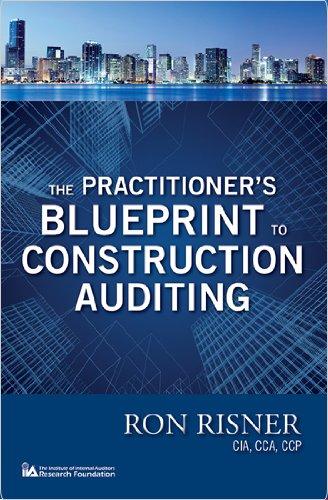Cost behavior and cost-volume-profit analysis. Janie's Ice Cream Company produces super-premium ice cream for a local market in which it is sold through high-end gourmet and specialty food outlets. Janie works with the retailers to carefully estimate demand for various flavors. Janie's holds no inventory and the retailers' volumes of sales determine the number of deliveries per week. The mix of ice cream flavors seems to be based on consumer preferences that remain relatively constant and does not vary much over time. Janie's small factory has floor space to produce 30,000 pints of ice cream a month, but her factory has two lines of equipment that can make and package only 18,000 ( 9,000 each line). She has three freezer-equipped vans, each of which can deliver 6,000 pints of ice cream to the retailers each month. Janie's generally operates between 12,000 and 16,000 and averages 15,000 pints of ice cream a month. Janie's fixed factory costs include supervisory salaries, insurance and rent on the building and equipment, including manufacturing and delivery equipment. Administrative and selling costs are primarily fixed salaries. Direct costs include hourly direct labor and direct materials (consisting of ice-cream ingredients and packaging materials). Variable overhead costs include electrical power mostly for the ice cream makers and packaging equipment. It also includes fuel for the delivery trucks and indirect hourly labor. 1. Based on the information provided, indicate what you think the relevant range is for Janie's for purposes of cost-volume-profit analysis. 2. Based on the information in the table above: - Write a contribution margin income statement - Calculate the break-even volume of ice cream for Janie's. - How many pints must Janie sell to reach a profit of $2,000 a month? - How many pints must Janie sell to reach an after-tax profit of $2,000 a month if her tax rate is 20% ? 3. 1000 pints of Jane's sales are plain vanilla ice cream, and this flavor seems to have a harder competition than other flavors. Even though all flavors have the same unit variable cost, Janie is considering dropping the price of the vanilla ice cream from $3.0 to $2.5 per pint. She believes that the company can increase sales of vanilla ice cream to 4,000 pints with such a drop in price. However, she is worried about the consequences of such a price cut. a) If her optimistic scenario proves to be true, is the price cut worth pursuing? b) If competitors retaliate with similar price cuts, what is the minimum increase in sales of vanilla ice cream that makes the price cut a profitable decision? c) If competitors do not retaliate but the price cut in vanilla ice cream cannibalizes the sales of other flavors, what is the maximum loss of sales in other flavors that makes the price cut in vanilla ice cream still profitable? 4. Janie experiments with new flavors in her spare time. Each time she introduces a new flavor, she runs a coupon promotion giving $1.00 off per pint on any ice cream purchased with a coupon during the month of the promotion. The retailer gives up $.25 (of its normal $1.25 markup) and Janie's gives up $.75. The newspaper advertising cost for a promotion month is $500. She introduces new flavors during the cooler, "off" months when she typically sells only 13,000 pints a month. About 1 in 3 pints of ice cream sold during a promotion month is purchased with a coupon. Analyze and describe the profit consequences of the coupon promotion, assuming they generally increase sales in the month in question to 18,000 pints. The retailers generally expect a 33% markup on her ice cream and they feel they can sell it for $5 a pint. 6.64 (LO4) Vidya Patel operates a newspaper stand in Grand Central Station, New York. As you might imagine, space is at a tremendous premium, and Vidya uses every inch of her 300 cubic feet (think in 3 dimensions - length, width, and height) of available space to stock a wide selection of newspapers, magazines, and snack-food items. Vidya estimates that her contribution margin ratios on newspapers, magazines, and snack-food items are 10%, 25%, and 20%, respectively. Additionally, for equivalent sales in dollars, newspapers take up 5 times as much space as magazines and 10 times as much space as snacks. However, since newspapers are the primary draw for Vidya's customers, she believes that at least 50% of her available space, or 150 cubic feet, must be devoted to newspapers. Finally, Vidya believes that 10% of her available space is enough to stock all of the popular snackfood items (i.e., she could devote less than 10% of her space to snack-food iterns, but devoting more than 10% would be wasteful as it would not generate additional snack-food sales). a. What is Vidya's optimal allocation of space to newspapers, magazines, and snack-food items? b. Suppose that Vidya allocates space according to your recommendation in part [a]. For Vidya to recover her fixed costs of $2,700 per month, how much total sales revenue must she generate per cubic foot each month









